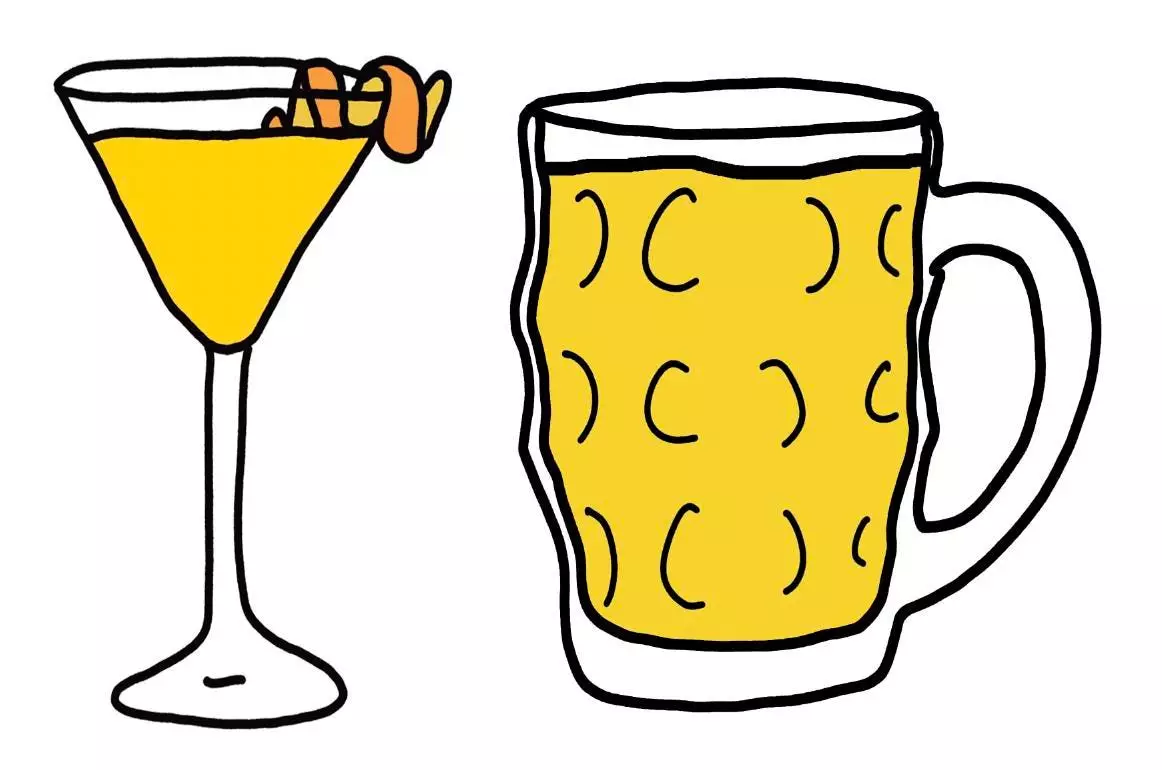In the world of mixology, beer often gets pigeonholed as the beverage of casual gatherings—something to crack open at barbecues or sporting events. Yet, this perspective diminishes beer’s true potential. It’s an incredibly versatile ingredient that can radically redefine classic cocktails and craft entirely new drinking experiences. When approached with intention, beer becomes a vehicle for complex textures, layered flavors, and nuanced aromas that elevate any drink beyond the mundane.
Many bartenders and enthusiasts overlook beer’s transformative capacity because they fail to recognize its multidimensional nature. Beer isn’t merely a fermented water with hops—it’s a living ingredient teeming with an array of profiles that can complement spirits, enhance flavors, or serve as a foundation for mocktails. Its ability to deliver everything from bitter citrus bursts to sweet malt richness and tart sourness makes it an indispensable tool for creative drink creation. The key lies in understanding these qualities and harnessing them mindfully.
Instead of viewing beer as a simple mixer, we should embrace it as a catalyst for innovation. Whether it’s adding carbonation to a cocktail, imparting a subtle bitterness, or introducing a tart, fruity note, beer’s flexibility can help craft beverages that captivate the senses and surprise even seasoned drinkers. But this requires a deliberate approach—matching the right beer style to the intended flavor profile and technique. With intentional pairing, beer can become the “secret ingredient” that turns an everyday cocktail into a memorable masterpiece.
mastery through knowledge and intention
Effective use of beer in cocktails hinges on a comprehensive understanding of its various styles and characteristics. A pale ale might add a citrusy punch and a satisfying bitterness, perfect for balancing sweeter components. Wheat beers, on the other hand, bring a gentle sweetness and a light, refreshing body ideal for summer sippers or mocktails. Sour styles like Berliner Weisse or Gose introduce a tangy acidity that can mask or enhance fruit flavors, creating complex layers of taste.
The magic happens when bartenders learn to exploit these differences. For example, a Belgian saison’s spicy, peppery notes can amplify herbal or spicy ingredients in a cocktail, transforming a simple drink into a layered sensory experience. Similarly, the use of non-alcoholic beer expands options for inclusive drinking, making mocktails that are just as inventive and satisfying as their boozy counterparts.
Carbonation is another powerful element in beer that can breathe life into cocktails. Crafting drinks with highly carbonated beers like Belgian saisons can add a lively effervescence, lifting the drink’s aroma and making it more refreshing. Conversely, drinks that use flat or barrel-aged beers can create a more subdued, rich experience—appealing to those who prefer a more contemplative sip.
The strategic pairing of beer and spirits isn’t just about taste; it’s about texture and mouthfeel. A creamy stout can add body to a dessert-inspired cocktail, while a crisp pilsner can cut through richness, offering a palate-cleansing crispness. It’s about balance—the harmony of bitter, sweet, sour, and umami notes that comes from understanding beer’s intricacies.
Reinventing Classics and Pioneering New Flavors
Introducing beer into traditional cocktails isn’t merely a novelty; it’s a way to deepen flavor complexity and craft storytelling in your drink menu. Take the humble Greyhound—by swapping out soda for a session IPA, this classic becomes a nuanced, layered creation. The bitterness of the beer complements the tart citrus, creating a drink that’s both invigorating and sophisticated.
Similarly, beer can serve as the star in inventive punches or “beer cocktails,” where it acts as both an ingredient and a garnish. Using tropical styles like Berliner Weisse or Gose with fresh fruit juices and liqueurs can evoke summer in every sip. For instance, a lychee and lime-infused beer cocktail creates a tropical oasis that’s both refreshing and elegant.
What makes these innovations compelling is their versatility. Beer isn’t limited to high-end cocktail bars—it can be integrated into backyard soirées, upscale events, or even mocktail menus. The key is to experiment boldly, knowing which beer styles will enhance specific ingredients and techniques. With curiosity and knowledge, bartenders can push boundaries and inspire patrons to see beer in a new light—an ingredient capable of elevating the ordinary into something extraordinary.
Embracing beer’s full potential requires a mindset shift—moving beyond simplistic perceptions to recognize its artistry and complexity. When used intentionally, beer becomes a powerful ally in the craft of cocktail making, opening doors to flavors and textures previously unexplored. It’s not just about making drinks; it’s about crafting memorable experiences that celebrate the depth and diversity of beer itself.


Leave a Reply